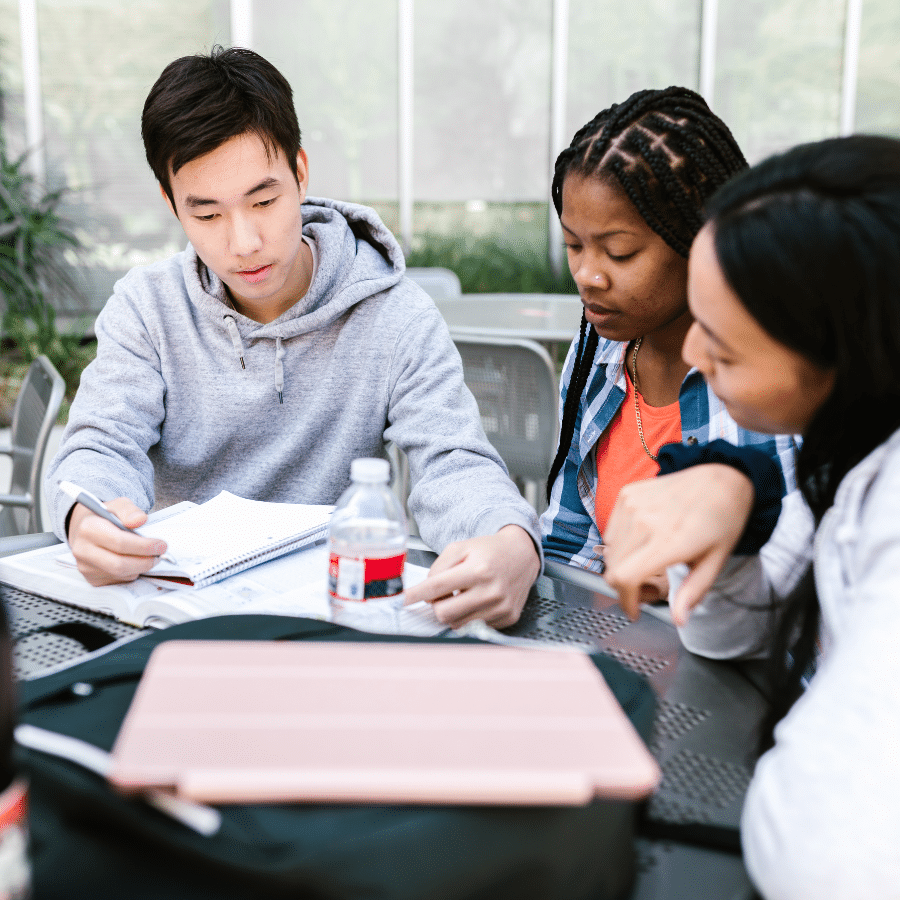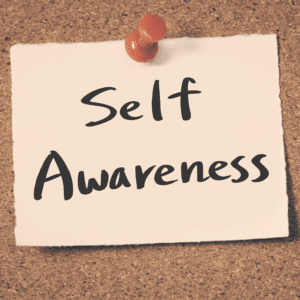介绍
学生在课堂上缺乏学习动力的原因有很多。一些学生可能有学习障碍,很难理解所教的内容。另一些学生可能感到被老师孤立或低估,而还有一些学生可能只是对所学内容感到无聊。但即使您不认为学生缺乏学习动力对您作为老师来说是个问题(我希望不是!),还有其他原因可以说明积极强化比消极强化更好:负强化和正强化之间的区别
The difference between negative and positive reinforcement is that the former involves taking away something a student doesn’t like, while the latter involves providing a reward for performing a task. For example, if you have an essay due in class and your professor gives you an “A” on it, then this is positive reinforcement because it provides a reward for completing your assignment. On the other hand, if your teacher threatens to give everyone zeros unless they finish their work by tomorrow morning–and then follows through with this threat–this would be an instance of negative reinforcement because he or she took away something unpleasant (i.e., no grades) after students completed their assignments on time. While both types of motivation work well when used correctly by teachers and parents alike; there are some distinct advantages associated with using positive reinforcement over its counterpart:积极强化的优势
积极强化是鼓励学生良好行为的最佳方式。原因如下:- 积极强化比消极强化更有效。积极强化可用于增加期望行为的频率,而消极强化只有与不愉快的事情相结合才会起作用(例如,如果你撒谎,你必须写下台词)。此外,积极强化往往比任何其他类型的奖励或惩罚更容易被记住;这意味着当你对良好行为使用积极反馈时,学生会记住它并在下次更加努力!
- 学生更有可能重复对他们有用的方法;因此,我们应该为学生提供尽可能多的机会,让他们每天在学校都能感受到成功。









